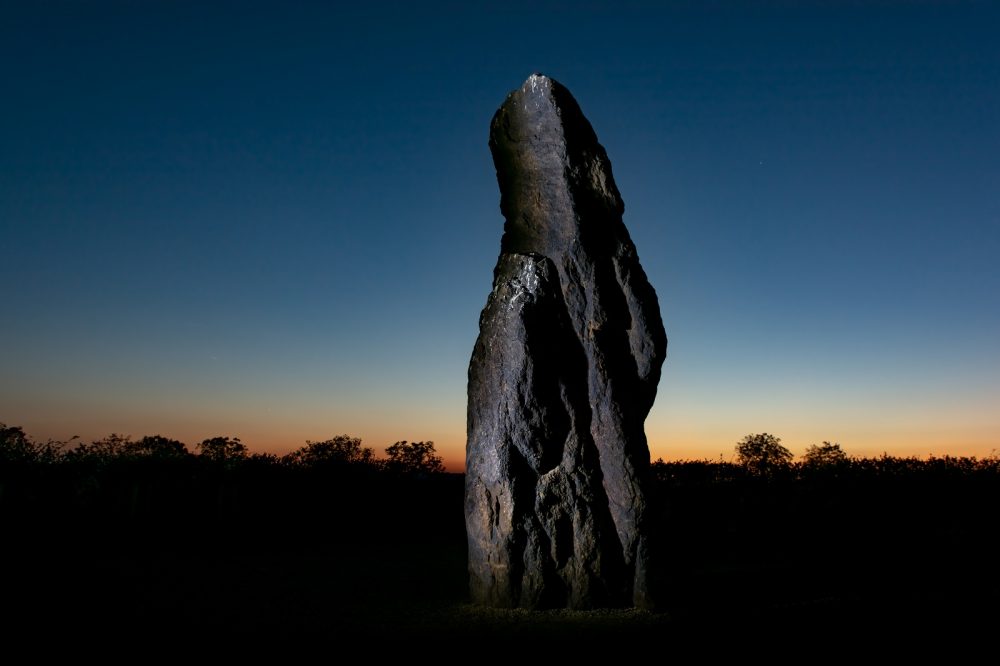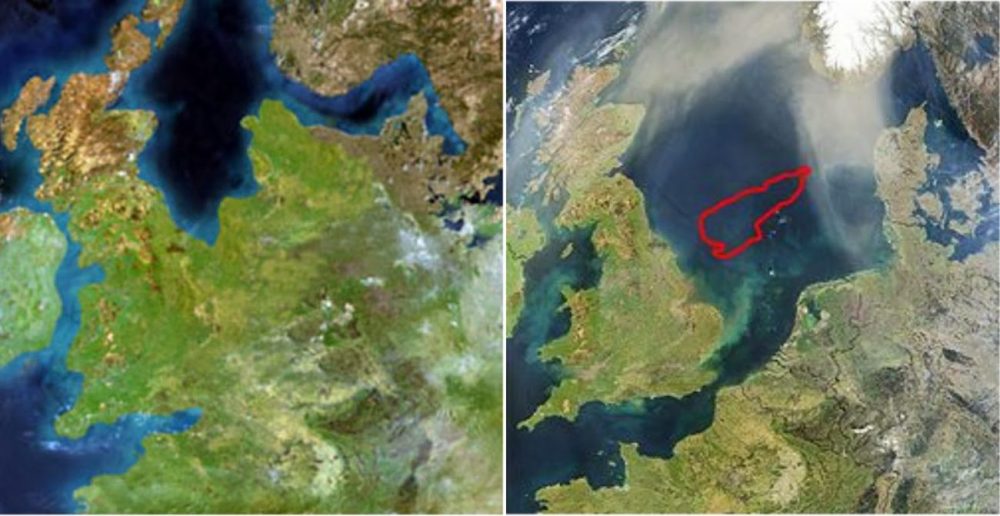According to a recent study, steel was already in use in Europe over 2900 years ago. The study, conducted by researchers from the University of Freiburg, sheds new light on the early history of steel production in Europe. This finding has significant implications for our understanding of ancient European civilizations and their technological advancements."
Archaeologists have discovered evidence suggesting that steel was produced and used in Europe much sooner than previously thought. Scientists believe they have discovered conclusive evidence that suggests that steel did not arrive in Europe in the Middle Ages from Asia but was already produced and sued in Europe more than 2,900 years ago.
Steel in Europe 2,900 years ago
A recent study by an interdisciplinary team led by archaeologist Dr. Ralph Araque Gonzalez from the Faculty of Humanities at Freiburg discovered that steel tools were being used in Europe almost 2900 years ago. The team used geochemical analyses to study stone stelae on the Iberian peninsula that date back to the Final Bronze Age.
The study found that the engravings on the stelae were too complex to have been made with anything other than tempered steel. The team backed up their findings with metallographic analyses of an iron chisel from the same region and period that showed the necessary carbon content to be proper steel. The team also conducted experiments with chisels made from various materials and found that only tempered steel chisels were able to engrave the stone.
Disproving previous notions about steel in Europe
The study disproves the assumption that suitable quality steel could not be produced in the Early Iron Age or Final Bronze Age, and that it only became widespread in Europe during the Roman Empire. According to Araque Gonzalez, the findings suggest that the production and tempering of steel were probably indigenous developments of small decentralized communities in Iberia and not due to the influence of later processes. This discovery has significant implications for the archaeological assessment of iron metallurgy and quartzite sculptures in other regions of the world. The study, titled “Stone-working and the earliest steel in Iberia: Scientific analyses and experimental replications of final bronze age stelae and tools,” has been published in the Journal of Archaeological Science.
Analyzing stelae
Late Bronze Age Iberia, spanning from c. 1300-800 BCE, has a fragmented archaeological record in many parts of the Iberian Peninsula. The settlement has sparse remains, and detectable burials are nearly non-existent, but traces of metal hoarding and mining activities are present. The unique western Iberian stelae, depicting anthropomorphic figures, animals, and objects, hold immense significance for investigating this era.
A recent study by Araque Gonzalez and colleagues delved into the geological composition of these stelae to gain insights into using materials and tools. This area has previously been largely ignored. Their findings revealed that while it had been assumed that the stelae were made of quartzite, a significant number were made of silicate quartz sandstone. This rock is as hard as quartzite and can only be worked with tempered steel, not bronze or stone tools.
PLEASE READ: Have something to add? Visit Curiosmos on Facebook. Join the discussion in our mobile Telegram group. Also, follow us on Google News. Interesting in history, mysteries, and more? Visit Ancient Library’s Telegram group and become part of an exclusive group.



